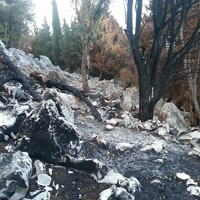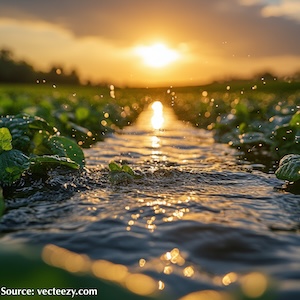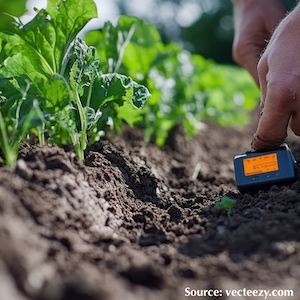Testing soil water repellency in a Sicilian area two years after a fire

All claims expressed in this article are solely those of the authors and do not necessarily represent those of their affiliated organizations, or those of the publisher, the editors and the reviewers. Any product that may be evaluated in this article or claim that may be made by its manufacturer is not guaranteed or endorsed by the publisher.
Accepted: 21 September 2019
Authors
The water drop penetration time (WDPT) technique was applied in 2018 to check persistence of soil water repellency (SWR) in a Sicilian mountain area affected by a wildfire on June 2016. A total of four sites, that were severely water repellent immediately after burning, were sampled. Depending on the site, wettable soil conditions, less SWR and maintenance of a noticeable SWR were detected two years later. At the site showing a near-constant SWR, WDPTs were particularly high in the top soil layer (0-0.03 m) and they appreciably decreased more in depth. Signs of decreasing SWR in drier soil conditions and in association with coarser soil particles were also detected at this site. High gradients of the WDPT can occur at very small vertical distances and a depth increment of approximately 0.01 m should be appropriate to capture small-scale vertical changes in SWR, especially close to the soil surface. Occurrence of SWR phenomena is easily perceivable and explainable if an inverse relationship between WDPTs and antecedent soil water content is obtained. A direct relationship between these two variables is more difficult to interpret because infiltration times that increase in wetter soil are expected according to the classical infiltration theory. A hypothesis that should be tested in the future is to verify if WDPTs that decrease in drier soil conditions signal less SWR as a consequence of a reduced biological activity of the soil. Finally, long-term monitoring projects on longevity of fire effects on SWR should be developed, even because an in depth knowledge of the involved processes is relevant for the civil protection system.









